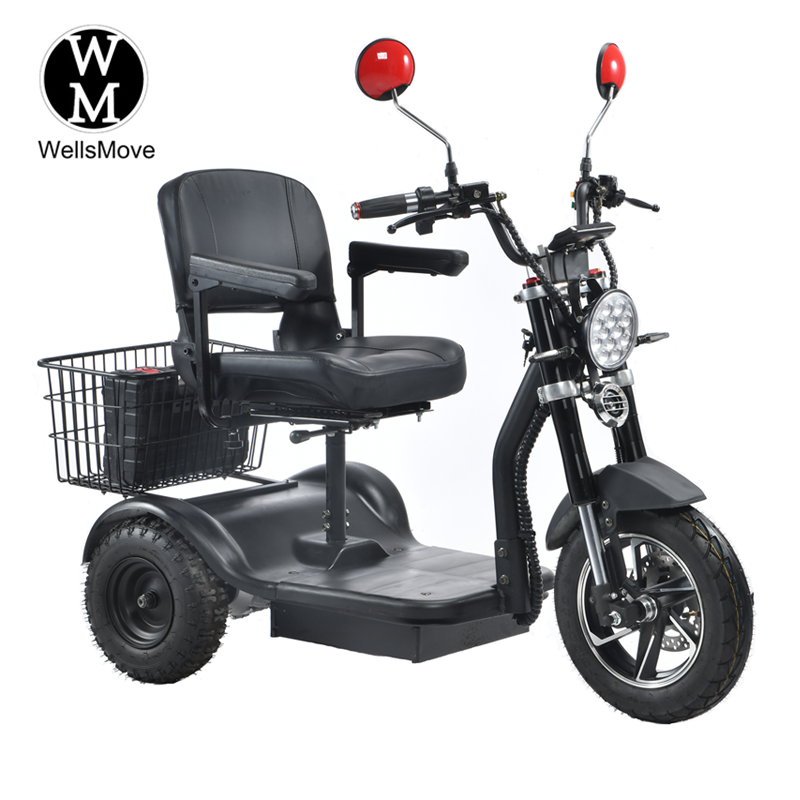Mobility scooters have become an important mode of transportation for individuals with limited mobility. These electric vehicles provide independence and freedom of movement to people who have difficulty walking or standing for long periods of time. However, a common question that comes up is whether e-scooters can be used on public buses. In this article, we’ll look at the regulations and considerations surrounding using mobility scooters on public transportation.
The use of e-scooters on public buses varies depending on regulations set by transport authorities and the design of the scooters themselves. While some public buses are equipped to accommodate mobility scooters, others may have restrictions or limitations. It is important for individuals who use mobility scooters to familiarize themselves with the guidelines and policies of the specific public transportation system they intend to use.
One of the main considerations when determining whether a mobility scooter can be used on a public bus is the size and design of the mobility scooter. Most public buses have designated spaces for wheelchair users, and these spaces are equipped with ramps or lifts to make boarding and alighting easier. However, not all mobility scooters will fit in these designated spaces due to their size or weight.
In some cases, smaller, more compact e-scooters may be allowed on public buses, provided they meet size and weight requirements set by transit authorities. These scooters are designed to be easily maneuvered and can be installed in designated spaces without blocking aisles or posing a safety hazard to other passengers.
Additionally, the battery life of an e-scooter is another key factor to consider when using it on public buses. Some transport authorities may have restrictions on the types of batteries allowed on board, particularly lithium-ion batteries commonly used in e-scooters. It is crucial for scooter users to ensure that their batteries comply with regulations for public transport systems to avoid any issues when boarding.
Additionally, the user’s ability to operate the scooter safely and independently is a key consideration when using a mobility scooter on a public bus. The individual must be able to maneuver the scooter onto the bus and secure it in a designated space without assistance from the bus driver or other passengers. This not only keeps scooter users safe but also makes the boarding process more efficient.
When planning to use a mobility scooter on a bus, it is recommended that individuals contact the transportation department in advance to learn about their specific policies and any requirements for bringing a mobility scooter on board. This proactive approach can help prevent any misunderstandings or complications when using bus services and ensure scooter users have a smooth and hassle-free experience.
In some cases, individuals may be required to undergo a training or assessment process to demonstrate their ability to safely use e-scooters on public buses. This may include practicing getting on and securing the scooter, as well as understanding the bus driver’s instructions to keep the journey smooth and safe.
It’s worth noting that while some public buses may have restrictions on the use of e-scooters, there are also initiatives to make public transportation more accessible to individuals with limited mobility. Some transit agencies have introduced accessible buses with features such as low-floor boarding and safety systems that are specifically designed to accommodate mobility scooters and other mobility devices.
In summary, the use of e-scooters on public buses depends on a variety of factors, including the size and design of the scooter, battery compatibility, and the user’s ability to operate safely and independently. Individuals using mobility scooters should familiarize themselves with the policies and guidelines of the specific public transit system they intend to use and proactively communicate with transit authorities to ensure a seamless and hassle-free travel experience. By addressing these considerations, individuals can make informed decisions about using e-scooters on buses and enjoy greater mobility and independence during daily travel.
Post time: Jun-07-2024



